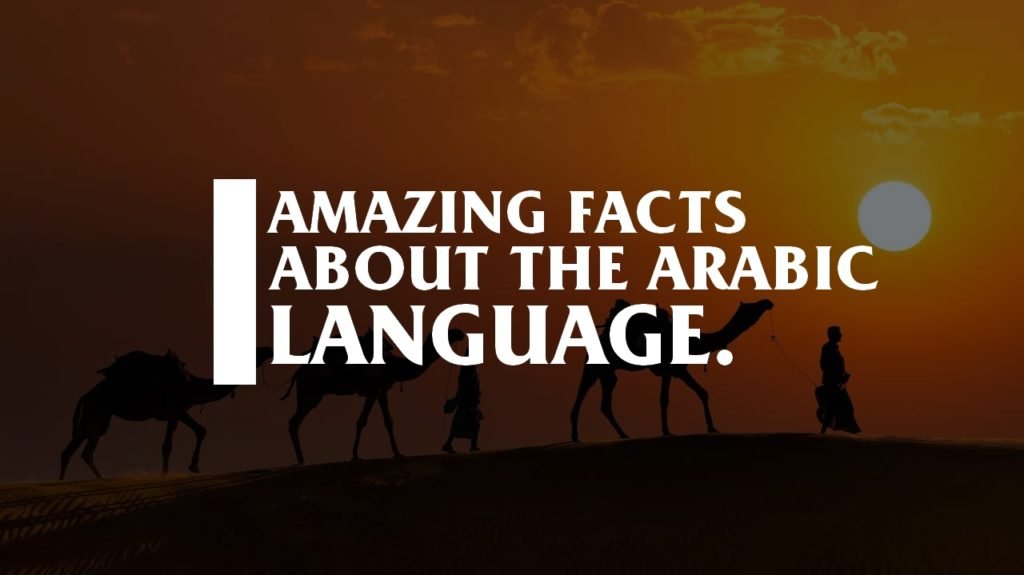Studies show that women and men understand emojis in different ways. This happens because emojis, those little pictures we use to show feelings or ideas, can mean different things to different people. Scientists asked 523 adults (49% men and 51% women) to look at 24 different emojis to learn more about this.
The researchers used emojis from Apple, Windows, Android, and WeChat to represent six different emotions: happiness, disgust, fear, sadness, surprise, and anger. They discovered that women were better at understanding emojis that showed happiness, fear, sadness, and anger compared to men. However, there were no differences between men and women in understanding emojis that showed surprise or disgust, according to the team.
Dr. Ruth Filik, an associate professor in the School of Psychology at The University of Nottingham, commented, “What struck me as most fascinating and unexpected is the wide range of personal differences in how people understand these emojis.”
“It is important to note that the results reflect how often participants labeled the emoji in the same way as the researchers.
“So, we should think of the results in terms of there being differences across people in how they interpret emojis, rather than some people being better at it than others.
“We should keep these differences in mind when using emojis in our messages.”
The researchers pointed out that using stylized images of faces to convey emotions in texts, emails, or social media messages can make the messages more nuanced but also potentially more ambiguous. To delve deeper into how emojis are understood, the team enlisted 270 participants from the UK and 253 from China, ranging in age from 18 to 84 years old. Each emoji was given an emotion label by the researchers, although they noted that these labels might not perfectly match how the emoji is commonly used in real life.
Besides gender, the researchers also discovered that age influences how emojis are understood, with younger adults being more proficient than older individuals in matching emojis with their assigned labels. Furthermore, participants from the UK were more adept at labeling emojis in line with the researchers’ assignments compared to their counterparts from China.
According to Professor Filik, “The findings reveal how frequently participants matched the emoji labels with those assigned by the researchers. This reflects variations in how individuals interpret emojis, rather than some people being more precise than others.”
“For example, if Chinese participants use a smiling emoji to indicate they are being sarcastic, then they may be less likely to label it as ‘happy’ than UK participants.”
The researchers emphasize the importance of further investigating the ambiguity of emojis, particularly in communication across different genders, age groups, or cultures.
Journal reference: PLoS ONE DOI: 10.1371/journal.pone.0297379






